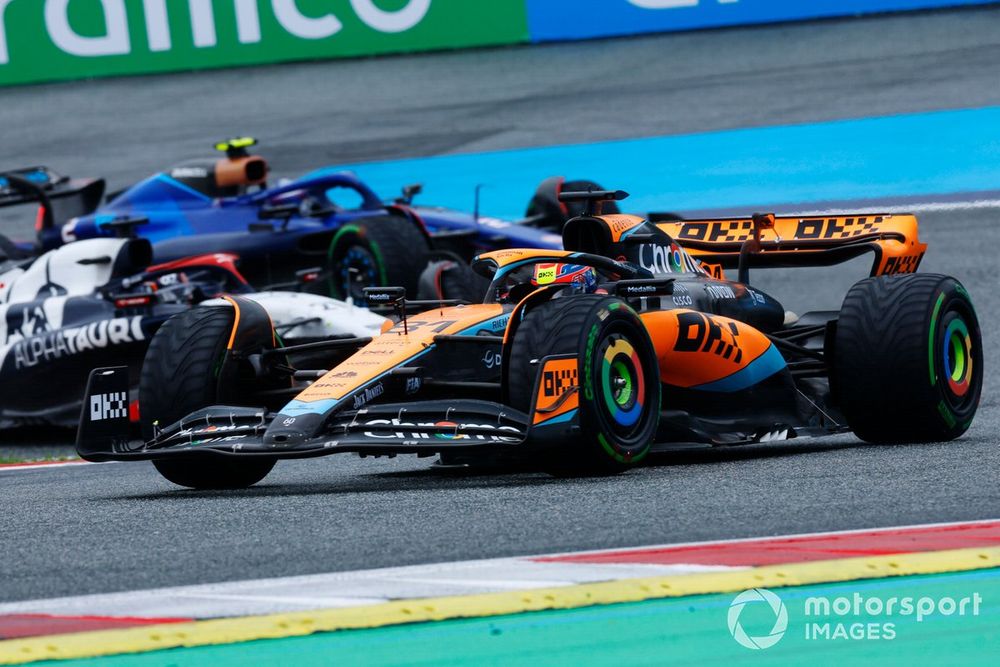Grand Prix teams have operated under budget cap regulations since the start of the 2021 season, with F1 chiefs having introduced the rules in a bid to stop the kind of spending war that risked the grid’s long-term sustainability.
While it has been a challenge for the top spenders to stay under the limit, with Red Bull famously having broken the cap in 2021, there is a consensus that it has properly levelled the playing field.
McLaren CEO Zak Brown said there is no better proof of the cost cap’s impact than the fact that the entire grid has closed up so much – which can make life more difficult for his outfit.
“I think the cap has been outstanding for the sport,” explained Brown. “It’s not yet perfect but I don’t think that something that is so young wasn’t going to have some loopholes which the FIA are closing – such as TD45 [which prevents IP from side projects being used by F1 teams].
“Max [Verstappen] made it the most dominant season by one driver and team ever, but if you took Max out of the equation, you had for the first time five teams with seven or more podiums.
“I can’t recall a team that has been 10th in the constructors’ [championship], always being a threat to be in Q3. I think we’re all used to the team being in P10 being three seconds off pole.
“I think the budget cap has had the intended consequences of making the field much more competitive.
“I can tell you from sitting on the pitwall, there’s no team that we don’t think – when we’re looking at times – is a threat to get into Q3. That’s the benefit of the budget cap.”
Photo by: Steven Tee / Motorsport Images
Oscar Piastri, McLaren MCL60 leading Nyck de Vries, AlphaTauri AT04 and Logan Sargeant, Williams FW45, at the Austrian Grand Prix
Brown’s comments about the closeness of the field was proven last year, when F1 experienced a fight for grid spots that was perhaps closer than ever.
In the F1 season finale in Abu Dhabi, the entire grid was covered by just 0.999s in the Q1 fight, with the cut-off point being just 0.440s off the top spot.
These figures are a marked contrast from the start of the ground-effect era when the grid at the 2022 Bahrain GP was covered by 2.163s, with the cut off being 1.255s.
PLUS: The asymptotic theory that should give F1 fans hope for a closer 2024 season
Brown’s comments about the bottom teams also being challengers for Q3 was proven last year too when the…
Click Here to Read the Full Original Article at Autosport.com – Formula 1 – Stories…

